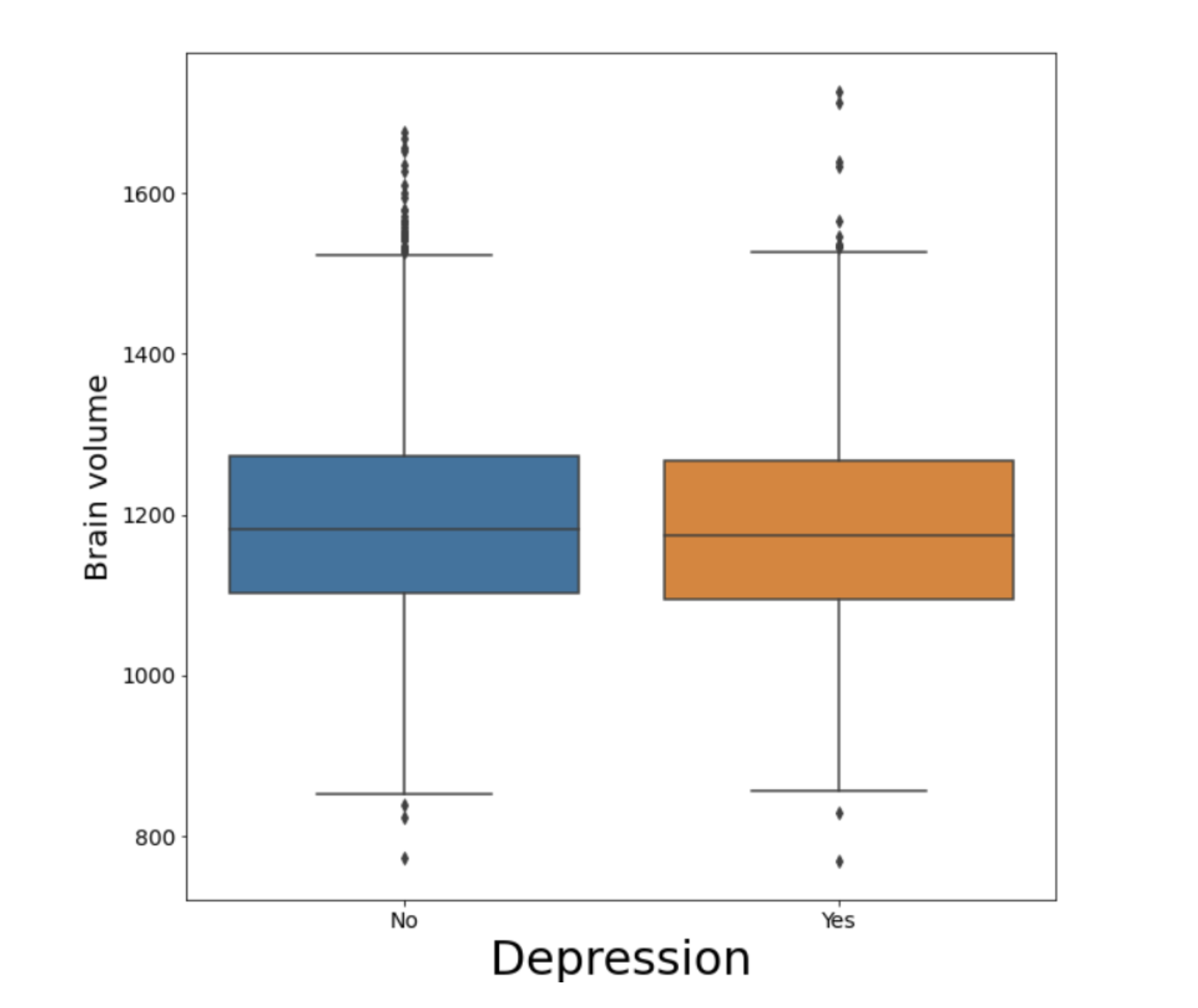Synopsis:
One of the vital indicators of normal functioning physiology and anatomy, is the volume and size of body organs and muscles. Overtime due to aging and chronic illnesses, the volume of organs and muscles decreases, and quantifying this reduction would help us in predicting the rate of decline, and making efforts to improve this rate. Artificial intelligence 3D segmentation techniques allow us to measure the average age-related volume loss over a large population. They provide statistical norms which help radiologists to identify abnormal volume changes, and establish a normal age related rate of volumetric decline.
Summary:
Artificial intelligence is a powerful segmentation tool to compute volumes of different anatomical structures for a large cohort. We measure the expected rate of change per decade in an internal study of 6250 patients.
Abstract:
Introduction:
The process of aging is complex and is associated with a loss of tissue mass and diminished function of vital organs and muscles. In recent decades, medical imaging modalities such as Magnetic Resonance Imaging (MRI) and Computer Tomography (CT) have become a noninvasive technique of choice to measure volumetric and morphometric changes of the human anatomical structures. This gives us a picture of the current state of physiology and helps us to observe trends with aging. Subsequently radiologists will be able to monitor age-related deterioration in organs and musculoskeletal structures over longitudinal examinations. This will help identify key features of many chronic disorders, thereby creating a baseline for radiomics. Manual annotation across 3D volumes of different anatomical structures is a tedious and time-consuming task. To alleviate this issue, recent fully automated medical imaging segmentation approaches using Deep Convolutional Neural Networks (CNN)1,2 have become an essential tool for anatomical measurements of the human body. In this research, we propose a fully automated whole-body segmentation model for different anatomical structures, and we carry out a population based study to measure the change in the volumes of vital organs, skeletal muscles and visceral fat per decade for our patient population.


